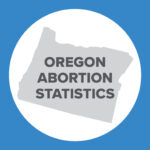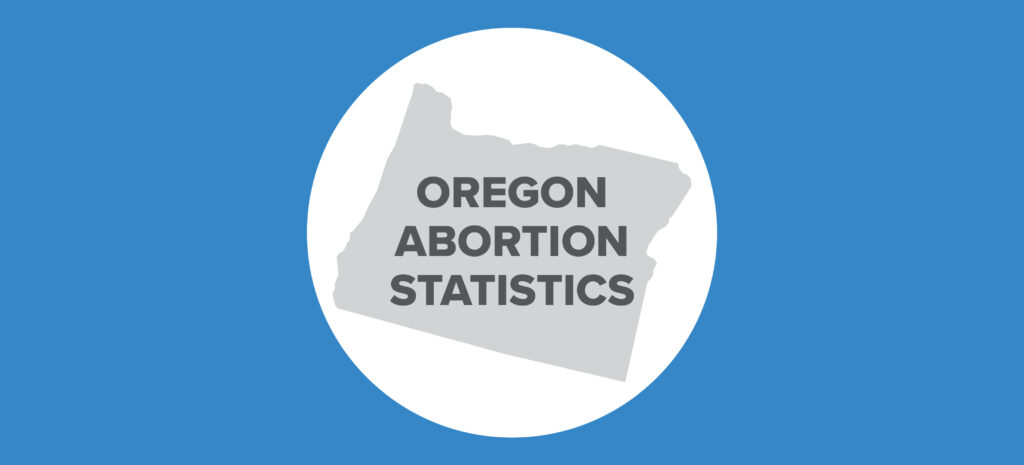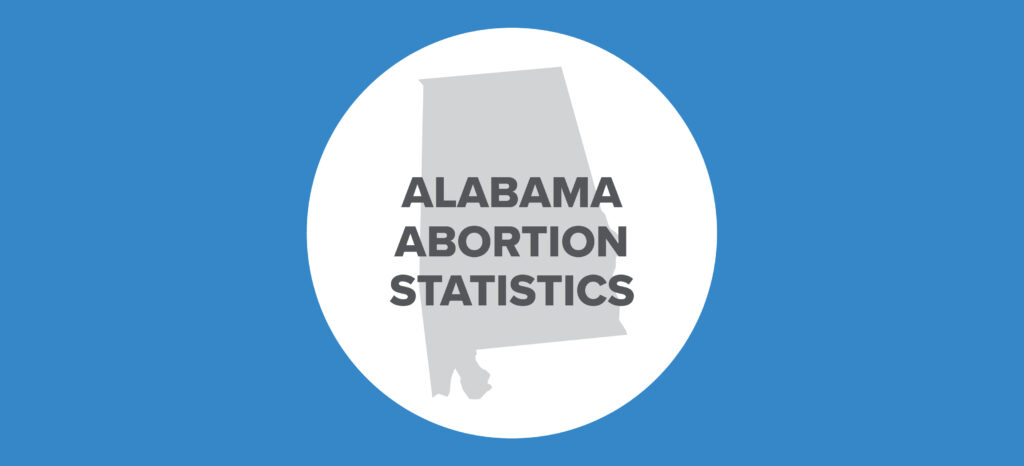Plan B: Abortifacient and Other Risks
The Food and Drug Administration announced on April 30 that it has approved a drug maker’s application to make Plan B One-Step available over the counter, without a prescription, to girls age 15 and over. This decision marks a retreat from the previous policy, endorsed by senior Obama Administration officials and President Obama himself, to continue requiring minor children (under the age of 17) to obtain a prescription for this controversial medication.
Prescribing information for Plan B points out that the drug works by “preventing ovulation” or “possibly preventing fertilization.” Or it may alter the endometrium and thereby “inhibit implantation.”[1] This refers to implantation of any newly conceived human individual/zygote in the mother’s womb. Hence, the complete clinical pharmacology ofPlan B demands that the drug product be duly recognized as an abortifacient – or potential abortifacient – and not merely described as “emergency contraception.”
Plan B is not only a potential abortifacient, it is also part of a shrewd marketing scheme: Various studies demonstrate that after a single act of intercourse, without contraception, 7.2 to 8 percent of women may be expected to become pregnant. In contrast, pregnancy rates among women using “emergency contraception” (Yuzpe method, Plan B, Preven, etc.) are “reduced” to 1.9 percent.[2] Note what this really says: Following a single act of unprotected intercourse, fewer than eight in 100 women will actually become pregnant. With Plan B, not more than two of these eight women will become pregnant — meaning the product is only about 75% “effective.” By exploiting fears of pregnancy after non-contracepted sex (among, say, 100 women), the manufacturers of Plan B and similar drug kits can sell their product to 100 buyers, including 92 who don’t even “need” it, and 94 who derive no benefit.[3]
Talk about a massive consumer over-sell.
More importantly, however, how many girls and women will be harmed by taking high dosages of steroid hormones (1.50 mg levonorgestrel per tablet, Plan B One-Step), and with the potential for multiple exposures between menarche and menopause?[4] Levonorgestrel is a totally synthetic progestogen.[5] Once ingested, the potency of synthetic hormones may be much greater than their measurable concentrations suggest.[6] Per Stanczyk, conjugated progestin metabolites, such as sulfates of levonorgestrel, which are inactive, may form “circulating reservoirs” from which biologically active progestins may be obtained.[7] Stanczyk also observed that scientists still know “relatively little” about the pharmacokinetics of artificial progestins, which is “surprising in view of the widespread … use of these compounds.”[8]
Ironically, veterinarians and dairy farmers have known for years that progesterone (the only natural progestin) typically down-regulates uterine immune functions and prevents the mammalian uterus from resisting infections.[9] Are we really supposed to believe that there will be no adverse effects among women who ingest levonorgestrel and other synthetic progestogens — many repeatedly over the course of their reproductive years?[10] The deaths of women who took RU-486 and developed septic shock due to infection with Clostridium sordellii may be all the red flag we need. After all, these deaths underscore the risks associated with ingesting artificial hormones that block the body’s progesterone and glucocorticoid receptors and alter the hypothalamic-pituitary-adrenal axis.[11]
Which reminds me to get back to plain English: Regardless of potential immune system effects, it is already established that levonorgestrel and other synthetic steroids induce endocrine-disrupting effects. Indeed, they are sold and consumed precisely for their endocrine-disrupting effects. The normal outcome of sexual intercourse in a healthy, fertile female may indeed be pregnancy. Thus, Plan B and other forms of “emergency contraception” are designed to thwart the normal functioning of the female endocrine and reproductive systems, beginning with – and, indeed, targeting — the brain.
Few if any young women who rush to purchase Plan B (or Preven, etc.) from their local pharmacy within 72 hours of “unprotected sex” are thinking about the systemic effects of such drugs. These young women are not thinking about their hypothalamic-pituitary-gonadal axis (their brain, bloodstream, and bodily ecosystem), nor are they thinking about potential long-term effects of exposure to hormonally active compounds. Instead, these young women are likely not to be thinking critically at all – certainly not about the long term. Fearful if not panic stricken, they are being exploited for financial profit – all while being exposed to well-documented risks of infectious disease and emotional and psychological harm associated with non-marital sexual activity.
Lastly, if references to a profit motive among Plan B advocates might seem a bit unfair, here I note that in July 2006, when Food and Drug Administration officials announced that the FDA was “reconsidering” limits on over-the-counter sales of emergency contraception (then to women over age 18), shares in Barr pharmaceuticals climbed $2.42, or 5 percent, to $51.25 in morning trading alone on the New York Stock Exchange.[12]
As of this writing, stock prices dipped slightly on May 1 for Teva Women’s Health, the Barr subsidiary that now markets Plan B One-Step. However, an article in Bloomberg business news earlier this year noted that Teva plans on $460 million to $500 million in “women’s health sales” in 2013 alone.[13] Such facts prompt the question: Cui bono?Who benefits?
As the saying goes: Let the buyer beware.
Teresa A. Donovan, MPH is an associate scholar of the Charlotte Lozier Institute.
[1] Plan B prescribing information, available online at http://planbonestep.com/plan-b-pharmacists/how-plan-b-works.aspx [accessed 2013 May 1]. Originally accessed at http://www.go2planb.com/PDF/ PlanBPI.pdf [2006 Mar 7]. Plan B One Step contains 1.50 mg levonorgestrel per tablet.
[2] Emergency Contraceptive Pills, online at http://ec.princeton.edu/info/ecp.html [accessed May 27, 2004]. Product labeling information for Preven (ethinyl estradiol and levonorgestrel), online at www.preven.com [accessed May 27, 2004]. See also Plan B prescribing information, as at note 1, above.
[3] The author is indebted to the late Eric J. Keroack, MD, FACOG, for this observation. Even the manufacturer admits that “emergency contraceptive” failure rates will “accumulate over time with repeated use.”
[4] With 40-50% of all abortions being repeat abortions, it can be reasonably anticipated that at least some women who resort to “emergency contraception” will do so more than once in a lifetime. Millions of women incur multiple exposures to hormonally active drugs: e.g., “ever users” of oral contraceptives include some 44 million American women; “ever users” of hormone replacement therapy include more than 15 million women. See, e.g., United States Centers for Disease Control and Prevention. National Center for Health Statistics. Advance Data. (2004). Use of Contraception and Use of Family Planning Services in the United States: 1982-2002. No. 350, 2004 Dec 10, online at http:// www.cdc.gov/nchs/data/ad/ad350.pdf [accessed July 30, 2005]. Moeller JF, Miller GE, and Banthin JS. Looking inside the nation’s medicine cabinet: Trends in outpatient drug spending by Medicare beneficiaries, 1997 and 2001. Health Affairs. 2004;23 (5): 217-225.
[5] Plan B prescribing information. Synonyms for “progestogen” include progestin, progestagen, gestogen, and gestagen. “There is only one natural progestin and that is progesterone.” Stanczyk F. All progestins are not created equal. Steroids. 2003;68:878-890.
[6] See, e.g., Stanczyk, as at note 7, and Leffers H, Naesby M, Vendelbo B, Skakkebaek NE, and Jorgensen M. Oestrogenic potencies of zeranol, oestradiol, diethylstilbesterol, bisphenol-A and genistein: Implications for exposure assessment of potential endocrine disrupters. Human Reproduction. 2001;16(5):1043, 1044.
[7] Stanczyk F. All progestins are not created equal. Steroids. 2003;68:878-890.
[8] Ibid., 883.
[9] See, e.g., Lewis GS. Steroidal regulation of uterine resistance to bacterial infection in livestock. Reprod Biol Endocrinol. 2003 Nov 28;1:117.
[10] Remember, too, that women seeking Plan B have engaged in “unprotected” and/or presumably in most cases nonmarital sex — hence they have already put their health at risk.
[11] Miech RP. Pathophysiology of mifepristone-induced septic shock due to clostridium sordellii. Annals of Pharmacotherapy. 2005 Sept; 39. Greene MF. Fatal infections associated with mifepristone-induced abortion. New Engl J Med. 2005 Dec 1;353(33):2317-2318. Canadian Medical Association. Septic shock after medical abortions with mifepristone (mifeprex, RU-486) and misoprostol. CMAJ. 2005 Aug 30;173(5):485. FDA Advisory. Mifeprex (mifepristone) information. Available online at http://www.fda.gov/cder/drug/ infopage/mifepristone [accessed January 14, 2006].
[12] Associated Press. FDA reverses course on morning-after pill. 2006 Jul 31. Accessed online athttp://www.pressmon.com/cgi-bin/press_view.cgi?id=933119 [2013 May 1]. Plan B Step-One is manufactured by Gedeon Richter, Ltd, Budapest, Hungary, for Teva Women’s Health (formerly Duramed Pharmaceuticals) a subsidiary of Barr Pharmaceuticals, Inc. Duramed Pharmaceuticals, Inc., changed its name to Teva Women’s Health, Inc. in September 2009. The company was incorporated in 1982 and is based in Cincinnati, Ohio. As of October 24, 2001, Teva Women’s Health, Inc. operates as a subsidiary of Barr Pharmaceuticals, Inc.
[13] Albertina Torsoli and David Wainer. Teva seeks women’s health care market beyond fertility. Bloomberg. 2013 Jan 8. Accessed online at http://www.bloomberg.com/news/2013-01-08/teva-seeks-women-s-health-care-market-beyond-fertility.html [2013 May 1].
























